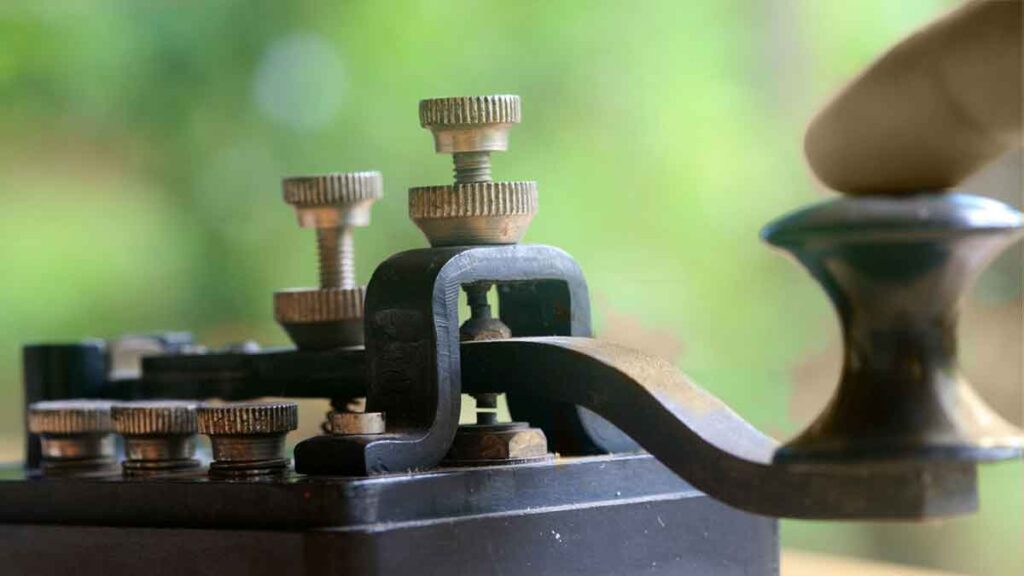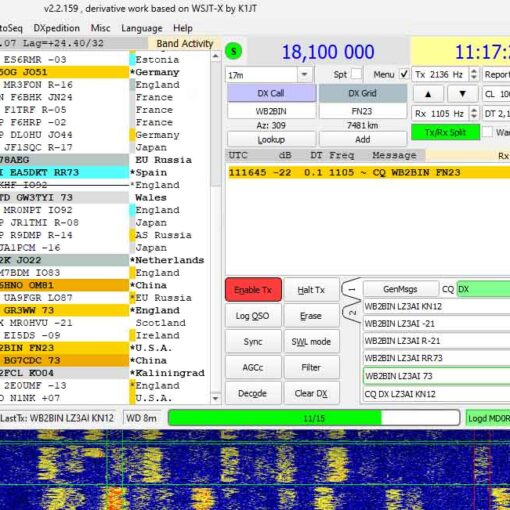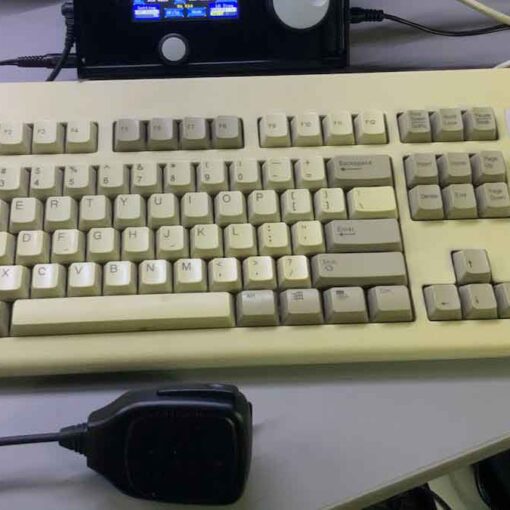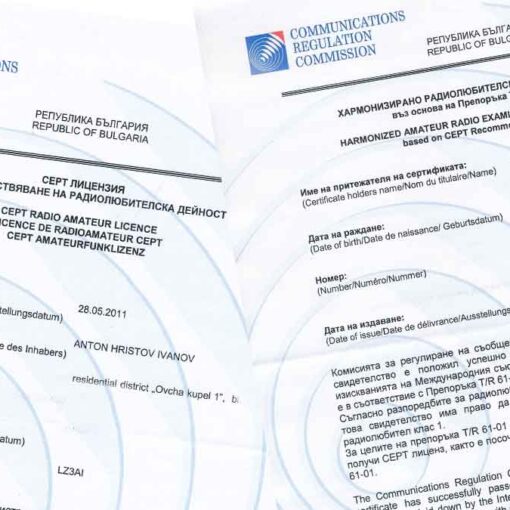
The Art of CW – Telegraphy, Morse Code, Morse Alphabet
Morse code (Morse alphabet) is a code for transmitting text. The code is formed by a series of short and long audio tones. We pronounce the short tone as DIT, the long tone as DAH. Each TAA is three times longer than each DIT. Often they are called DOTS and DASHES, which is debatable whether it is the most appropriate because it makes us think visually instead of tonally.
Morse code is not a series of written DOTS and DASHES, although originally in the 19th century, Morse code was written as a series of DOTS and DASHES on a moving tape. Telegraph operators soon found that it was easier to pick up the characters by the noise of the tape recorder than to read what was written on the tape. So, the letter “P” is not a “SHORT LONG SHORT” signal, nor “DIT DAH DIT”, nor “.-.”, but “DI-DAH-DI”.
In some languages the letter “P” should be written as DIT-TAA-DIT, in others as DI-TAA-DI. But it should be clear that there are only two sounds – short (DI or DIT) and long (DAH). Some radio amateurs prefer the dot at the beginning or through the sign to be denoted by DI, and when it is at the end – “DIT”, which expresses the completion of the sound signal. To avoid confusion, from now on in this edition only DIT and DAH will be used.
CW implies heavy use of Q-codes, abbreviations and fusion characters. All of them are the shortest way to fast and efficient communications.
Hobbyists normally use the word CW for telegraphy.
The origin of CW is from a continuous wave (Continues Wave), although CW is not a continuous wave at all, but can be taken as a wave continuously interrupted in the rhythm of Morse code. Hams use Morse and CW interchangeably – they mean the same thing.
The bandwidth at the -6 dB level of a properly shaped CW signal is approximately equal to 4 times the transmission rate in words per minute (WPM). Example: CW at 25 WPM occupies a 100 Hz band (at -6 dB level). The spectrum needed to transmit an SSB (voice) signal (which is 2.7 kHz) can accommodate dozens of CW signals.
CW’s inherent narrow bandwidth results in a much better signal-to-noise ratio under difficult conditions than wider-band signals such as SSB (a wide-band signal contains more noise than a narrow-band signal). Also, the human ear (especially of an experienced radio amateur) is still the best sensor in poor signal-to-noise conditions. That is why DX connections in difficult conditions (eg with a station from another continent on 160 m or EME) are made much more often on CW.
What is the minimum receive speed you need to master to be able to make regular morse code QSOs?
- 5 WPM (25 bpm) might get you a starter certificate, but you won’t be able to make many connections with them except on the dedicated QRS (QRS stands for: slow down) frequencies. These QRS rates can be found on the IARU band-plan.
- 12 WPM (60 zpm) is the minimum, but most experienced CW operators make their QSOs at 20 to 30 WPM (100-150 zpm) and even higher speeds.
There is no secret recipe for perfecting the art of CW: practice, practice, practice, just like in any other sport.
CW is a unique language, a language that is studied in all countries of the world!



